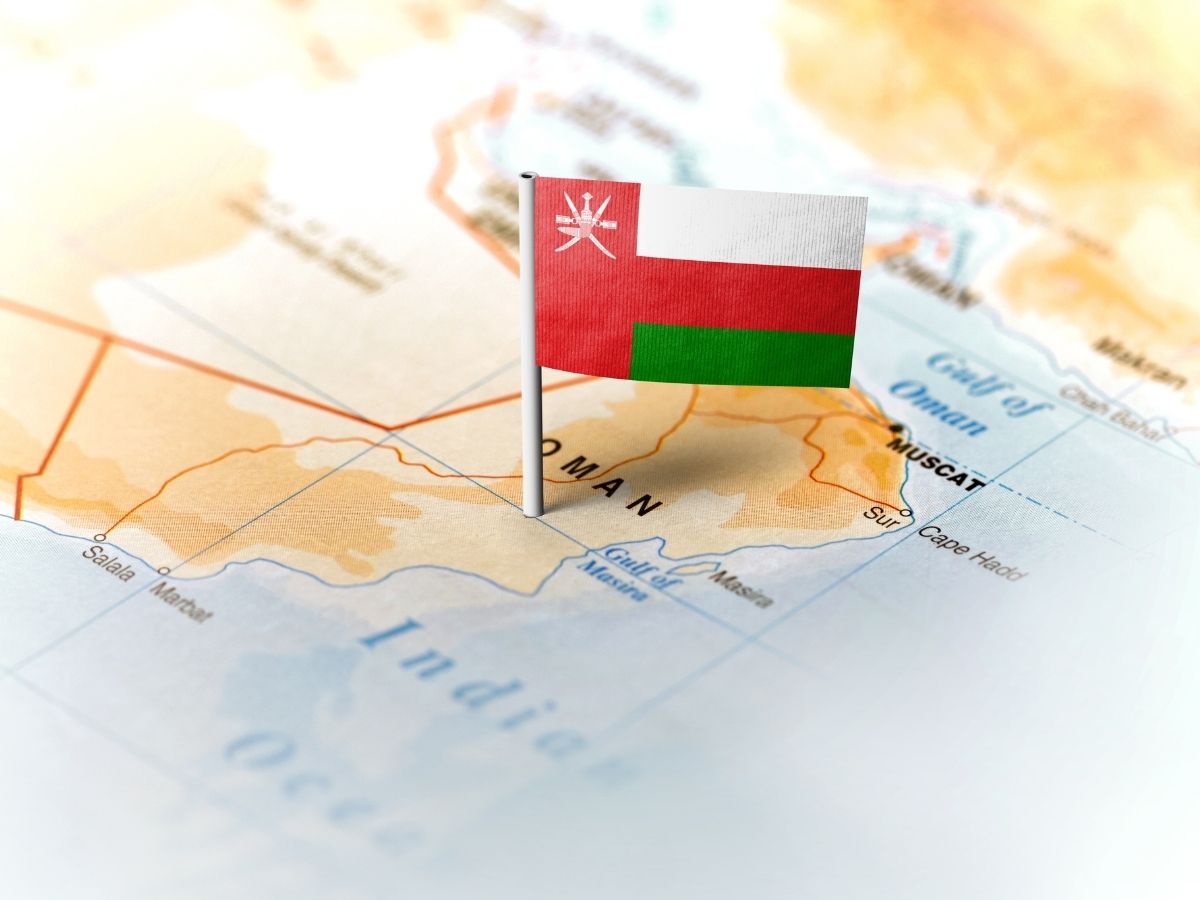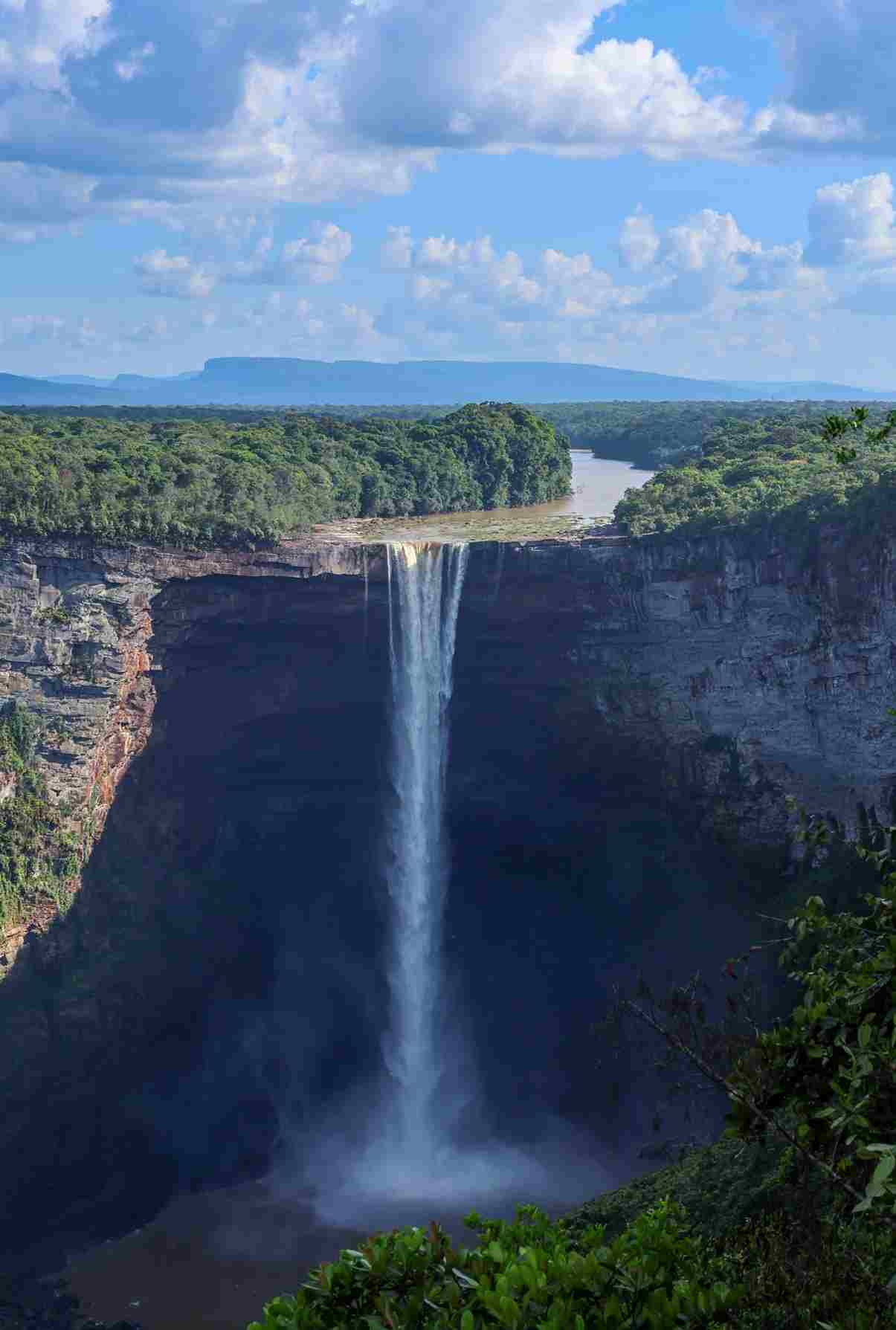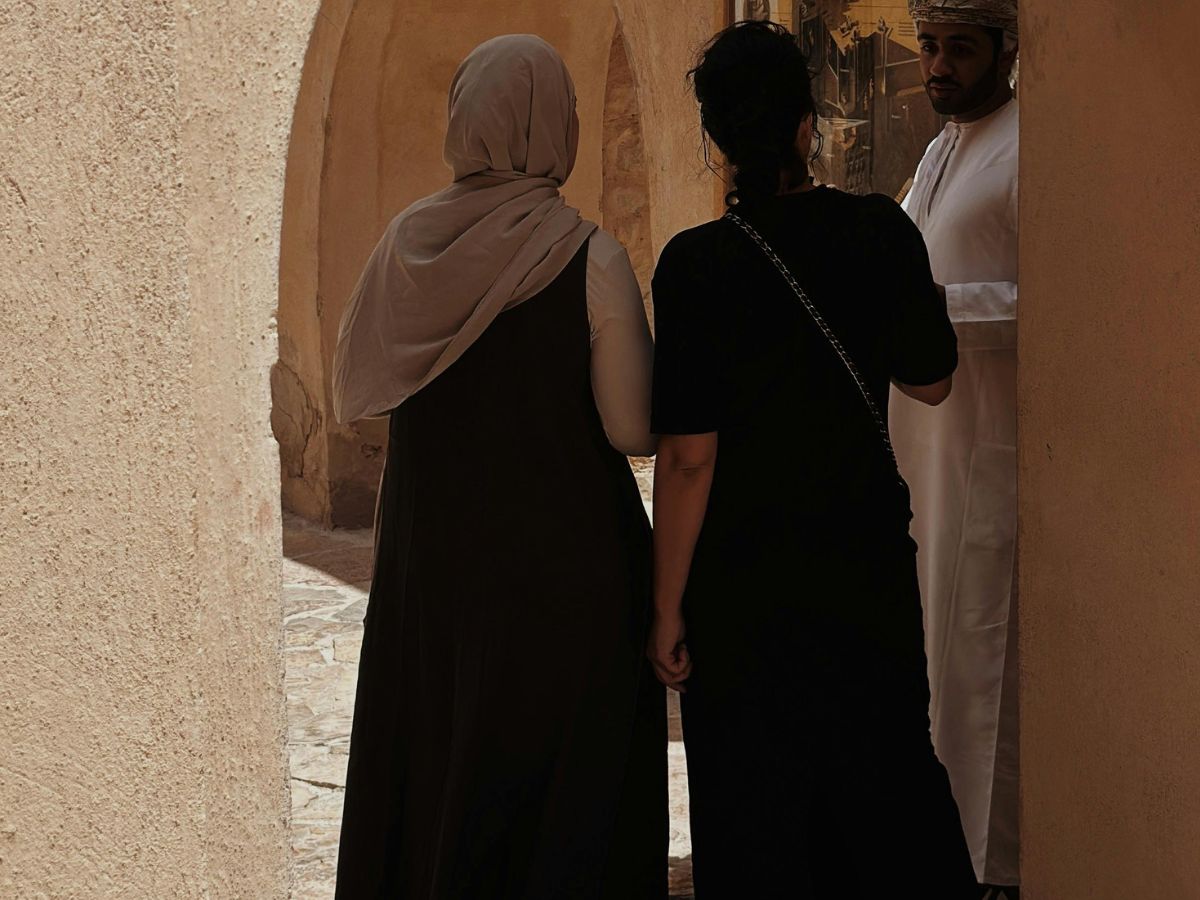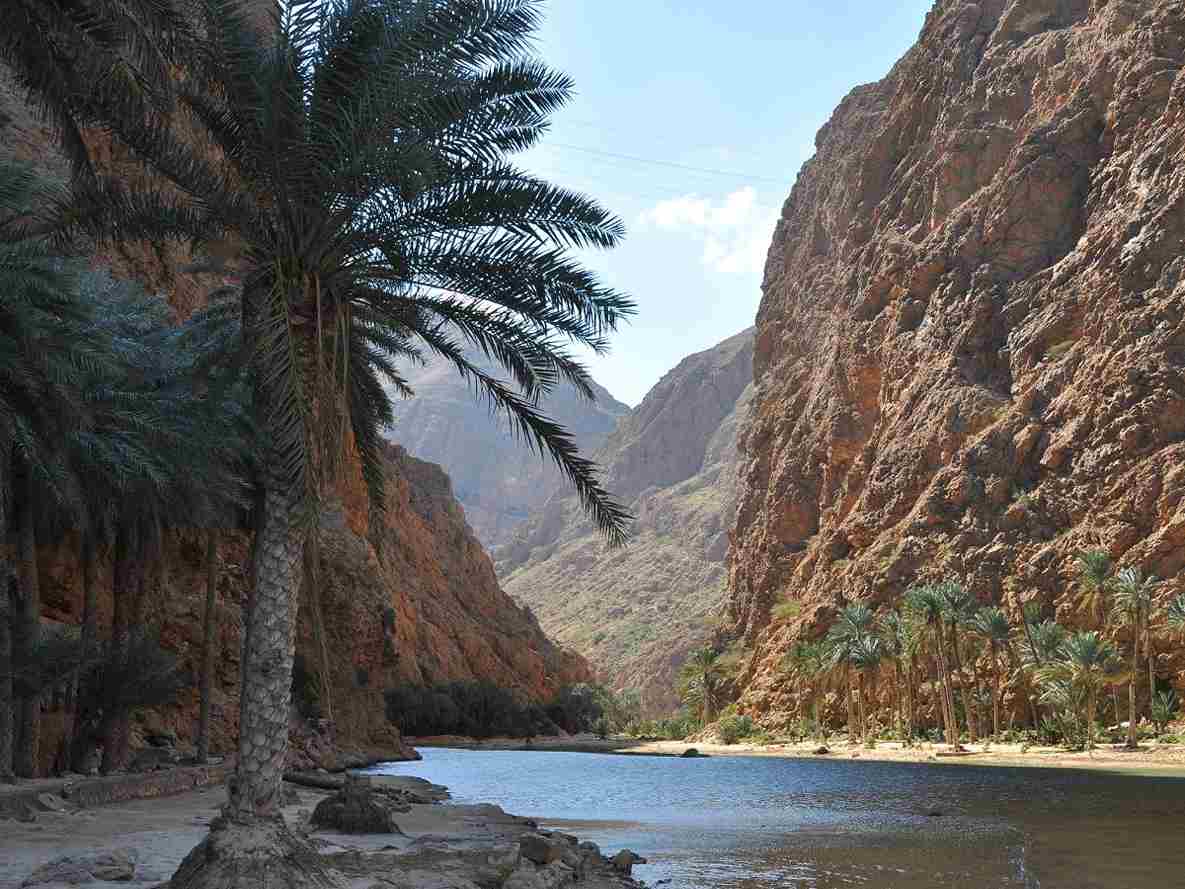Madagascar is an island nation in the Indian Ocean, about 400 kilometres (250 miles) off the coast of East Africa. It is the fourth largest island in the world and is rich in unique flora and fauna. Iconic examples of Madagascar’s biodiversity include the striking baobab trees and the famous ring tailed lemurs, which can be seen in nature reserves such as Anja Community Reserve and Berenty.
Check out the map below for a visual reference:

Introduction to Traveling in Madagascar
Madagascar is a truly unique destination, renowned for its breathtaking national parks, vibrant cities, and extraordinary biodiversity. Whether you’re trekking through the lush rainforests of Ranomafana National Park, marvelling at the dramatic landscapes of Isalo National Park, or exploring the bustling streets of major cities, there’s something here for every traveller. However, it’s important to approach your adventure with awareness and preparation. Always seek local advice from your tour operator or local authorities before setting out, and stay up to date with local news and economic conditions, which can change regularly. Monitoring local media and being aware of your surroundings—especially in crowded areas and popular tourist spots—will help you make the most of your journey while staying safe and informed.
Places to Visit
Madagascar offers an incredible array of places to explore, each with its own unique charm. Nature lovers will be captivated by the island’s national parks, such as Andasibe-Mantadia National Park and Montagne d’Ambre National Park, where you can spot rare wildlife and experience the island’s rich biodiversity. For those drawn to the sea, the west coast and the idyllic shores of Île Sainte Marie boast pristine beaches and vibrant coral reefs, perfect for scuba diving, snorkelling, or simply soaking up the sun along the Indian Ocean. The major cities, including Antananarivo and Diego Suarez, offer a fascinating glimpse into Madagascar’s culture and history. To ensure a safe and enriching experience, it’s wise to seek advice from a recognised tour operator or a knowledgeable local guide who can help you discover hidden gems and navigate the island with confidence.
How to Get Around Madagascar
Getting around Madagascar can be an adventure, with various transportation options for different budgets and travel styles.
The most common form of public transport is the ‘taxi-brousse,’ a shared minibus or van that connects towns and cities. These vehicles are affordable but can be crowded and slow, with frequent stops along the way. Bush taxis, or taxi-brousse, can also pose safety risks, including road accidents and security concerns such as armed robberies. For greater comfort and safety, consider booking with reputable companies or arranging private transfers.
Renting a car gives you flexibility to explore at your own pace, but driving conditions can be challenging due to poor road quality and limited signage. Always ensure car doors are locked to reduce the risk of theft or robbery, especially in urban areas or when stopping at remote locations. Four-wheel drive vehicles are recommended for rural travel.
Tours with a Recognised Tour Operator
Organised tours are a convenient way to explore Madagascar. They offer a structured itinerary and knowledgeable guides who can provide in-depth information about the places you visit. An experienced guide provides an additional layer of safety in emergency situations, compared to a solo trip. Booking with an experienced travel operator also ensures you receive expert safety advice and local knowledge, making your journey more secure and informed.
For an exceptional Madagascan adventure, consider Madagascar Group Tours that offer a range of tours catering to various interests and budgets, ensuring a memorable and enriching experience. Tours range from budget-friendly to luxury options, covering various interests, from wildlife safaris to cultural tours.
Most people visit Madagascar for its unique wildlife and stunning landscapes, making organised tours an ideal way to experience the best the island offers.
Bus and Bush Taxis
Buses, known locally as “taxi-brousse,” are the backbone of Madagascar’s public transport system. They’re an affordable way to travel between cities and towns.
However, they can be crowded, and schedules are often flexible, meaning delays are expected. It’s an authentic way to experience local life, but it requires patience.
Train
Madagascar has a limited rail network, but the train journey from Fianarantsoa to Manakara is memorable. It winds through picturesque landscapes and offers a glimpse into the country’s rural life.
Trains can be slow and schedules unreliable, but the scenic views make it worthwhile.
Car Rental and Poorly Maintained Roads
Renting a car gives you the freedom to explore at your own pace. Due to the rough terrain in many areas, 4×4 vehicles are recommended.
Driving conditions can be challenging, with poorly maintained roads and unique local driving habits. Hiring a car with a driver is a popular and safer alternative.
Hitchhiking
Hitchhiking is possible in Madagascar, especially in rural areas. It can be a cost-effective travel method and offers a chance to meet locals.
However, it’s not the safest option and should be done cautiously. Always inform someone of your plans and avoid hitchhiking alone.
Key Tips for Travelling Around Madagascar
Most travellers should be aware of common travel challenges and health risks in Madagascar.
Travelling in Madagascar can be a unique and rewarding experience, but it comes with its own challenges. Here are some essential tips to help you navigate and enjoy your journey safely and comfortably:
Plan for Delays
Due to road conditions and flexible schedules, travel in Madagascar often takes longer than expected. Roads can be poorly maintained, and traffic can be unpredictable, especially during the rainy season.
To avoid frustration, build extra time into your itinerary and stay flexible with your plans, or consider guided tours that include overland transport with a professional driver who is experienced in managing transportation.
Pack Essentials
Bringing a good map, insect repellent, sunscreen, a first aid kit, camera, extra batteries, and other travel essentials is crucial when packing for a Madagascar trip. The climate is generally hot and humid, so light, breathable clothing is ideal to stay comfortable.
Preparing these essentials will help ensure a safer and more enjoyable Madagascar vacation.
Stay Hydrated
Staying hydrated is essential when travelling in Madagascar, so always carry bottled water. Tap water is unsafe to drink, and dehydration can sneak up on you, especially in the hot and humid climate.
Keeping bottled water handy can ensure you stay healthy and energised throughout your trip.
Engage With Locals and Seek Local Advice
Engaging with locals can significantly enhance your travel experience in Madagascar. Learning a few basic phrases in Malagasy helps you communicate and shows respect for the local culture.
When visiting rural areas, it is respectful to consult the village head or local authority to ensure appropriate behavior and adherence to local customs.
This small effort can lead to meaningful connections and a deeper understanding of the community and its traditions.
Stay Safe
Safety should be a priority while travelling around Madagascar. Stick to reputable transport options, such as well-known taxi services or guided tours, to avoid potential issues.
Keep your belongings secure and be aware of your surroundings to minimise the risk of theft or other safety concerns.
Respecting Local Culture
Madagascar’s rich cultural heritage is woven into daily life, and respecting local customs is key to a positive travel experience. When visiting rural areas or engaging with local communities, take time to learn about and observe local traditions. Avoid wearing expensive jewelry or displaying signs of wealth, as this can attract unwanted attention. Always show respect to local authorities and security personnel, and refrain from photographing them or their equipment. The economy is largely cash-based, so use local currency rather than foreign currency whenever possible. Be mindful of local taboos, known as ‘fady’, which may include restrictions on certain foods or clothing. By being considerate and culturally aware, you’ll foster goodwill and enrich your journey.
Dealing with Emergencies
Being prepared for emergencies is an important part of travelling in Madagascar. Before you go, make sure you have the contact details for your local guide, tour operator, and consular assistance. Familiarise yourself with the local police and security forces, and know how to file a police report if needed. Stay informed by monitoring local news and weather forecasts, as natural disasters like cyclones or floods can occur. Arrange transport through reputable services, such as your hotel or tour operator, and avoid travelling alone at night, especially in high-risk areas. In the event of violent crime, civil unrest, or a serious incident such as a terrorist attack, seek immediate help and follow the instructions of local authorities. Staying calm, aware of your surroundings, and prepared to seek alternative routes or assistance will help you navigate any situation with confidence.
Best Time to Travel to Madagascar
The best time to visit Madagascar depends on your destination and interests. The hot, wet season from November to March brings heavy rain to the eastern slopes and highlands, with cyclones often hitting the east coast and causing travel disruptions. During this period, essential services can be disrupted due to seasonal flooding, which hampers transportation and access to vital resources.
In contrast, the southwestern semi-desert remains dry during this period. The dry, cool season from April to October offers the best travel conditions, with bright, warm days and mild nights.
For wildlife enthusiasts, the period from June to September is ideal for whale-watching as these majestic creatures migrate along the east coast. Visitors can watch whales in designated nature reserves along the coast, where responsible whale watching experiences emphasize conservation and minimally invasive viewing. November is perfect for observing wildlife, as the first rains trigger a burst of courting, mating, and spawning among amphibians, reptiles, birds, and the fascinating fossa.
August to October are the best months for diving and snorkelling.
Start Your Madagascar Adventure Today
Travelling around Madagascar is an adventure filled with unique experiences and stunning sights. Whether you explore by bus, car, or plane, each mode of transport offers its own charm and distinct perspective of the island.
Major hotels in Madagascar offer comfortable accommodations, and certain foreign currencies, such as euros, are widely accepted in these establishments and tourist areas.
Awaken your inner explorer and set off on an extraordinary journey to Madagascar! Experience unparalleled beauty, diverse wildlife, and rich culture like never before. Lush rainforests, pristine beaches, and captivating landscapes. Don’t miss this chance to create unforgettable memories.
A small-group tour, led by an experienced guide, can be a wonderful way to experience a new adventure. We offer a variety of tailored small-group tours to Madagascar including our 18-Day Secrets of Madagascar Tour. Feel free to contact our office with any questions, or even just for some free Madagascar Travel advice.




